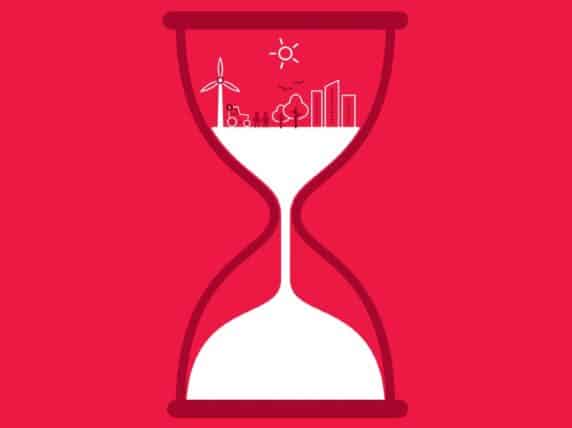How do international NGOs compare to the UK voluntary sector?
Last week NCVO published the 2019 edition of the UK Civil Society Almanac, the network’s authoritative source on the UK’s voluntary sector.
While the data is a couple of years behind (it’s based on published annual reports), it’s a useful snapshot of the UK sector as a whole.
The almanac also gives some tantalising hints in terms of trends in the international development sector. It’s a useful supplement to Bond’s own Financial trends for UK-based INGOs, published last year.
What do we mean by international?
I say “tantalising” because there is no clear definition of what constitutes the UK’s international development sector. Various numbers have been put forward as to what this loose amalgam of internationally-focused organisations amounts to.
Bond has its own 450 members, whereas DFID, following the Charity Commission register, suggests there are around 12,000 organisations working internationally (“including community groups, scouts, church groups, etc”). The recently launched ngoexplorer lists over 17,000 organisations in England and Wales, with a whopping 6,912 NGOs filling up the streets of London alone.
The almanac plots a more reasonable course and suggests a total of 6,666 organisations that work internationally.
The scale and make-up of the international segment
According to the almanac, the international segment is made up of:
- 49% micro organisations, smaller than £10k income
- 33% small organisations – £10k to £100k
- 14% medium – £100k-£1m
- 4% large, major or super-major – over £1m.
The roughly 270 organisations in the £1m+ category are mostly also members of the Bond network.
There’s been a tendency for international development organisations to feel embattled about funding and feel that opportunities are shrinking. While some of these trends are real, we must acknowledge the scale of the sector. It is large and has grown much more rapidly than any other sub-sector of the charity world.
Subscribe to our newsletter
Our weekly email newsletter, Network News, is an indispensable weekly digest of the latest updates on funding, jobs, resources, news and learning opportunities in the international development sector.
Get Network NewsThe international development sector was worth £5.75bn in 2016-17, more than health, education, employment and housing charities. Bond’s study showed that over the ten years before April 2016, income for Bond members had grown by 37% in 10 years compared to the wider UK charity sector, which grew by only 7% over the same period.
The Office of National Statistics (ONS) uses the almanac to estimate the contribution of the voluntary sector to the national economy. In 2016-17, the voluntary sector contributed £17.1bn to the UK economy, with the international and social care sub-sectors contributing just over £3bn each (a sum that exceeds the GDP of Sierra Leone or Liberia, for example).
How are international organisations funded?
International organisations appear to have a broad base of funding streams. They have one of the lowest levels of reliance on public donations at 32% of total income (4th lowest out of 18 segments).
However, international organisations also receive a further 28% of funding from the “voluntary sector”, meaning money from trusts and foundations, but also on-granting fundraising entities like DEC and Comic Relief.
NGOs have often had difficulty disentangling from the circular nature of grants, with a significant proportion of the sector’s total funding being reallocated from one organisation to the next.
Take the almanac’s analysis of the top ten grant givers: The Wellcome Foundation came out on top, but Save the Children International is third, dispensing grants worth £278m, CIFF is fourth with £149m, Comic Relief is sixth with £101m and Oxfam is seventh with £78m.
Furthermore, international organisations receive 37% of all the grants given by grant-giving bodies or foundations, receiving an extraordinary £1.5bn out of £4bn granted in 2016-17 (not including government funding) across the UK.
In terms of government funding, the international segment received the third-highest level of income from government at £1.78bn, behind social services £5bn+ and health £2bn+. But, again, a long way ahead of other segments such as housing, culture, environment and education.
One word of warning in all these numbers: international organisations carry the third lowest level of financial reserves of any of the segments, slightly more than village halls. INGOs tend to only have 3.5 months reserves on average, compared to the voluntary sector average of 6.3 months. While there’s money around, this may be just the time to put more aside.
Category
News & views


